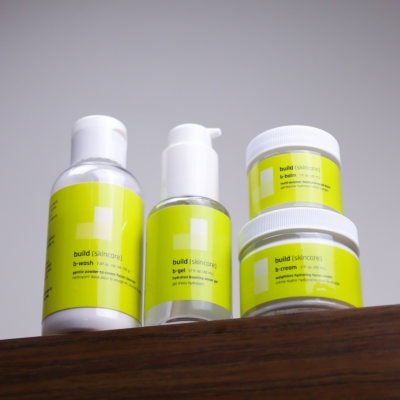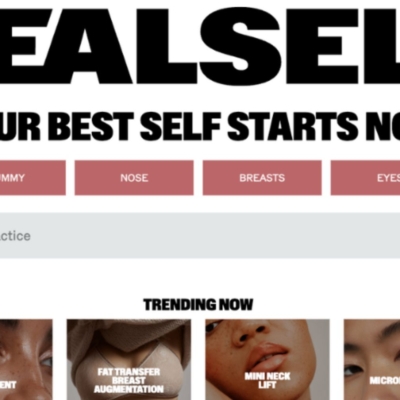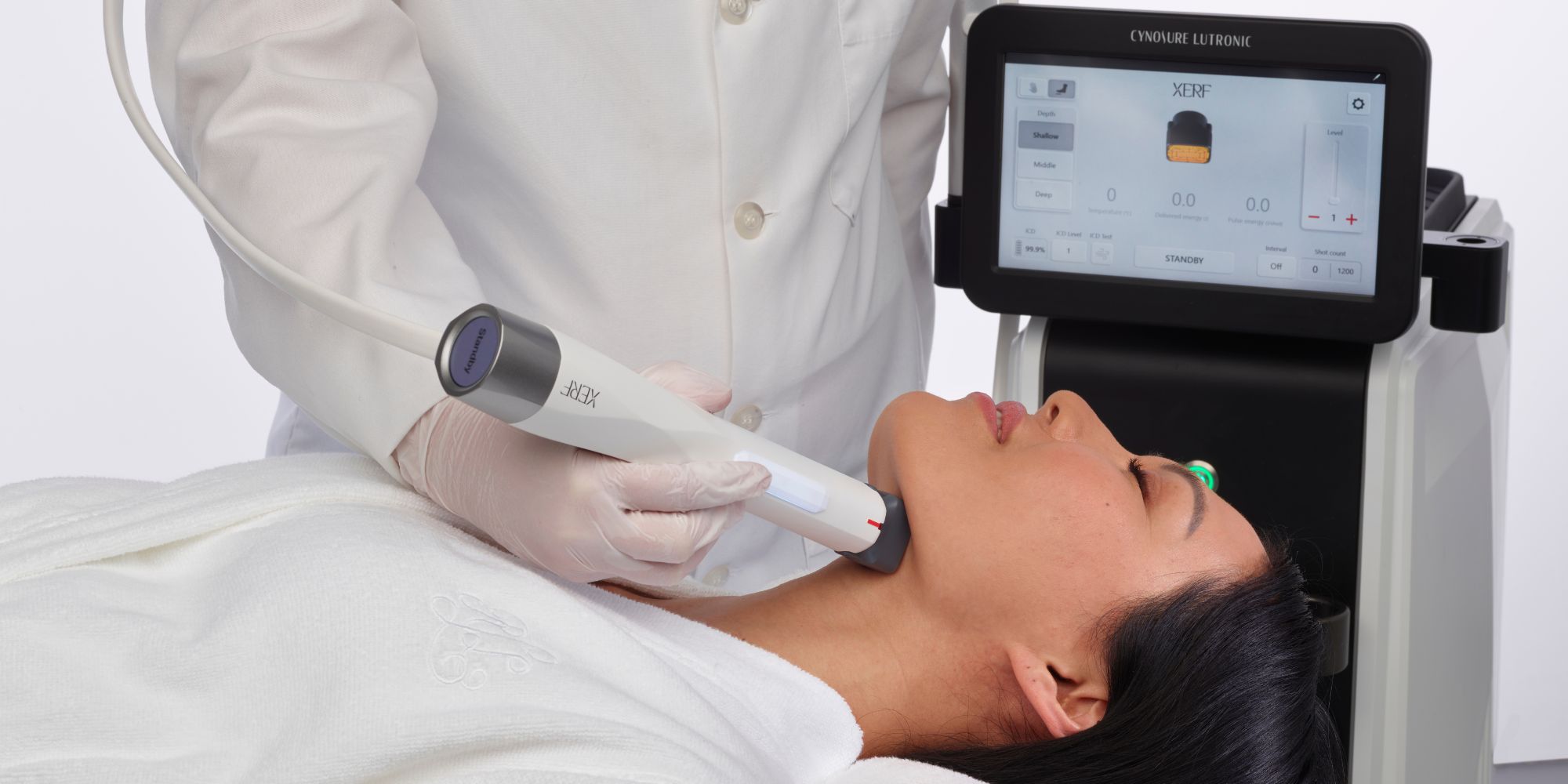
This Popular Skin-Tightening Procedure In South Korea Is Now Available To Americans
Traditional radiofrequency devices have long been dogged by compromises—painful sessions, unwanted fat loss, a major drawback particularly in the GLP-1 era, or results that fade too fast.
Cynosure Lutronic’s XERF system, cleared by the United States Food and Drug Administration in August and already popular in South Korea, pledges to sidestep those issues with multi-frequency monopolar radiofrequency energy. Compared to its competitor Thermage, it’s designed to deliver deeper, more controlled heating without numbing, needles or downtime to produce tightening and collagen remodeling across all skin types. Treatment fees vary depending on the provider and location, but generally start at around $1,200.
Jamie Sherrill, a celebrity skin expert and registered nurse known as Nurse Jamie who runs a Los Angeles spa and beauty tools line, says, “It goes to the level of the superficial muscular aponeurotic system (SMAS) without damaging fat, it doesn’t hurt, and it’s long-lasting. It’s kind of a mini miracle.”
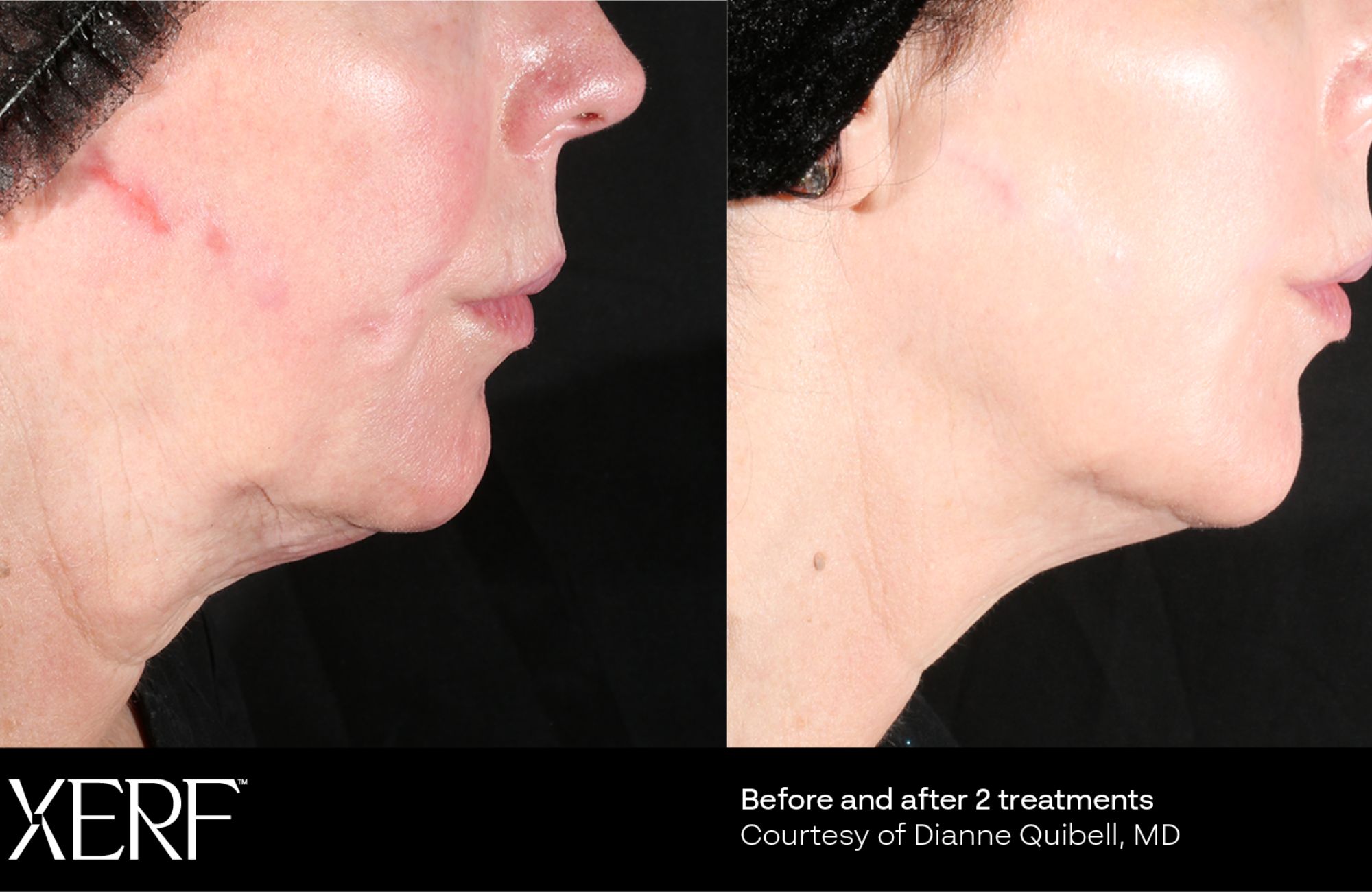
According to Cynosure Lutronic, patients can expect the XERF noninvasive skin tightening procedure, which is performed with a handheld device, to take 30 to 45 minutes, and it’s described as warm rather than painful thanks to integrated cryogen cooling. Improvements are visible immediately and continue to build over six weeks, with results lasting 12 to 18 months.
For Sherrill, the device’s popularity in South Korea was a deciding factor in bringing it into her buzzy LA practice. South Korea is a hotbed of aesthetics, and procedures in the country are mainstream and often affordable relative to procedures in the U.S. South Korea is attracting tourists trying aesthetics treatments in its tens of thousands of skincare clinics.
The cross-Pacific influence reflects a broader shift: U.S. consumers are increasingly embracing preventive aesthetics, inspired by K-Beauty’s focus on maintaining skin health rather than correcting damage later. XERF fits squarely within that philosophy.
“My patients look younger now than they used to because we’re doing less filler and focusing more on tightening.”
To date, more than 1,000 XERF systems have been installed at providers globally, and Cynosure Lutronic expects 500 units to be operating in South Korea alone by the end of this year. Cynosure and Lutronic, two major energy-based medical aesthetics companies, merged in April 2024 to form Westford, Mass.-based Cynosure Lutronic. The company can look to Thermage’s spread to gauge XERF’s potential. Thermage surpassed 5 million treatments worldwide as of September 2025.
Available in South Korea as well as Japan, Hong Kong and Canada since last year, XERF has quickly become a staple in Seoul, where prevention and structural strengthening are prioritized. “Everybody wants to know what’s trending there. The Kardashians flew over, my billionaire clients are asking about it,” says Sherrill. “That demand trickles straight into my practice.”
Sherrill situates XERF within a larger movement away from overfilled faces and toward collagen regeneration. Patients today want to look fresh, not frozen. Sherrill says, “A lot of my patients look younger now than they used to because we’re doing less filler and focusing more on tightening their own collagen.”
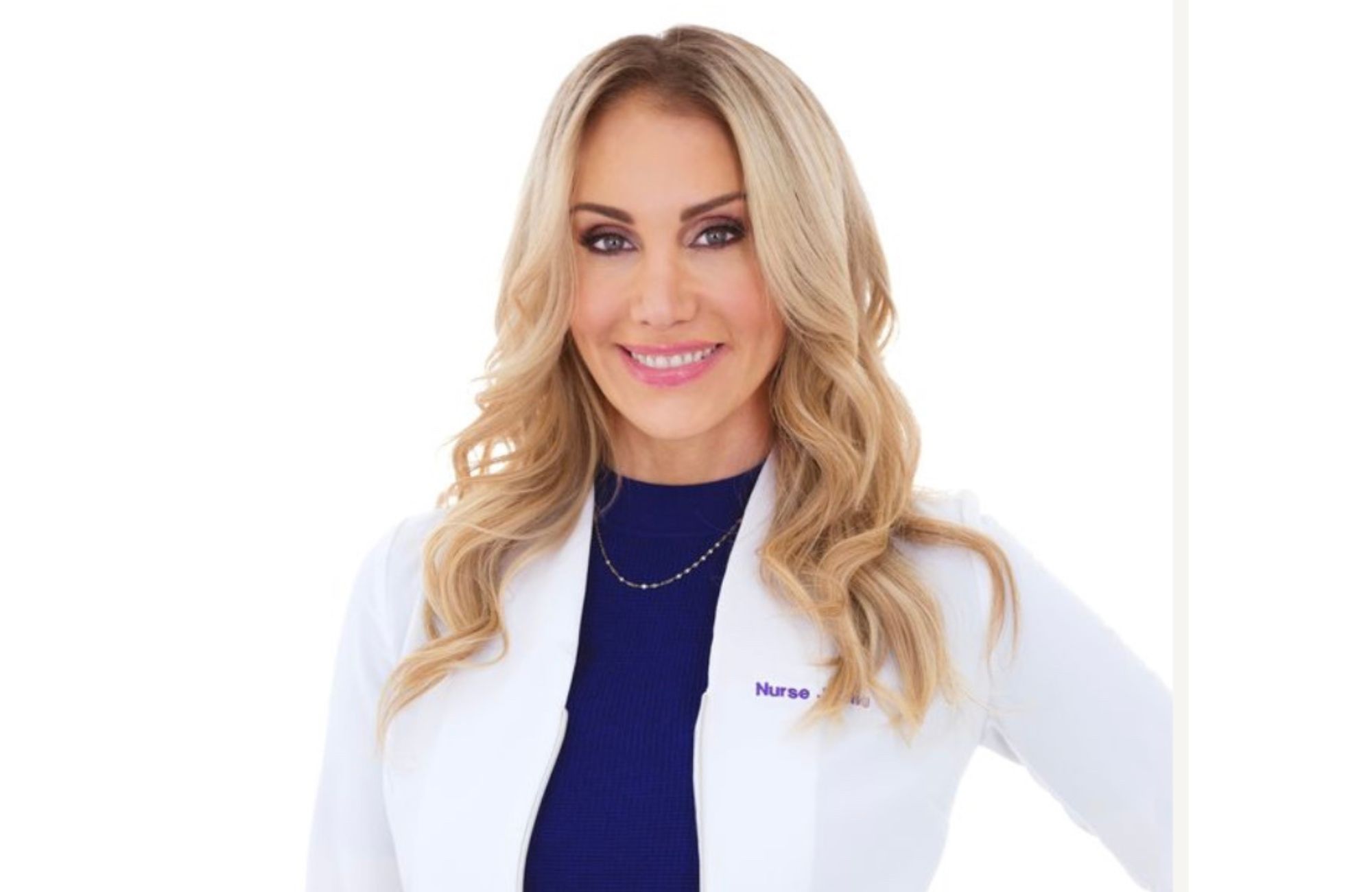
She also sees the device addressing lifestyle-driven concerns like skin laxity following GLP-1-related weight loss and tech neck, conditions common among her patients. For many, XERF offers a nonsurgical alternative to facelifts, which are trending earlier and more aggressive than ever.
From a practice perspective, XERF is proving to be a growth driver. As the first provider in California to have it on the treatment menu, Sherrill has generated buzz with influencers and celebrity clients, including “The Real Housewives of Beverly Hills” cast member Kyle Richards. Sherrill says, “It’s structural, long-lasting, preventative and painless. Patients want that, and, in aesthetics, when patients want something, it grows fast.”


